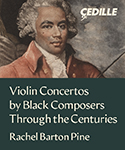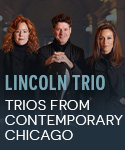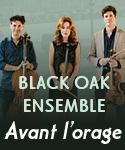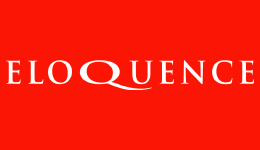German composer Harald Genzmer’s career as a teacher and composer spans most of the 20th century, with the majority of his important works composed from the 1970s onward. Though he experienced all of the important trends and movements, he mostly retains the elements of composition he learned from his teacher Paul Hindemith, whose influence appears quite clearly in Prolog II For Orchestra. Composed in 1991, the piece revels in bright flirtations on the woodwinds and strong, postromantic assertions provided by strings, a tactic common to Hindemith, especially in his symphonies. But to say that Genzmer’s ideas are derivative is unfair. Genzmer’s music does rely upon an active polyphony, but he has his own distinctive moods–moods Hindemith never had. The dark and spooky opening of the Piano Concerto No. 3 is an example of this, where the piano’s role is in a concertante mode that underscores a gentle (yet somehow sinister) timpani entry to the work. No Hindemith here. Indeed, the strength of the piano concerto is the way the piano never dominates: it’s a piece that requires considerable competence but not dashing prolixity, something soloist Oliver Triendl may or may not have–it’s hard to tell. The Symphony No. 4 is a triumph of moods and tonal textures that at times seems almost British (Benjamin Britten comes to mind, and perhaps Malcolm Arnold). Still, the presence of Hindemith remains strong. Performance and sound are quite good. Genzmer just might be the last Romantic German composer working today.
































